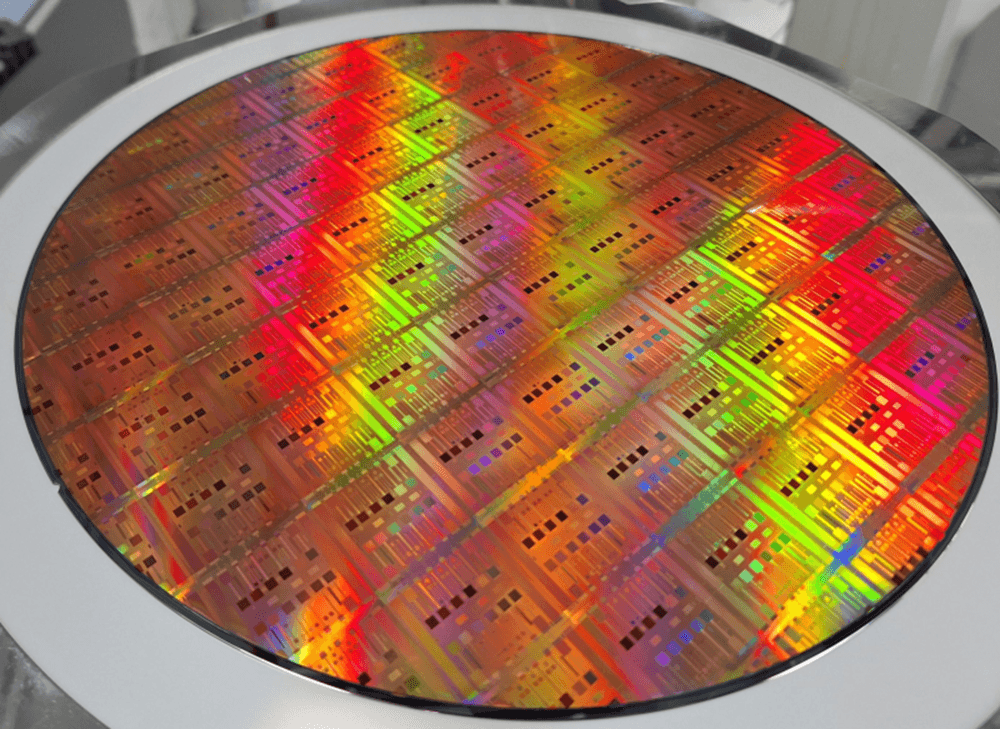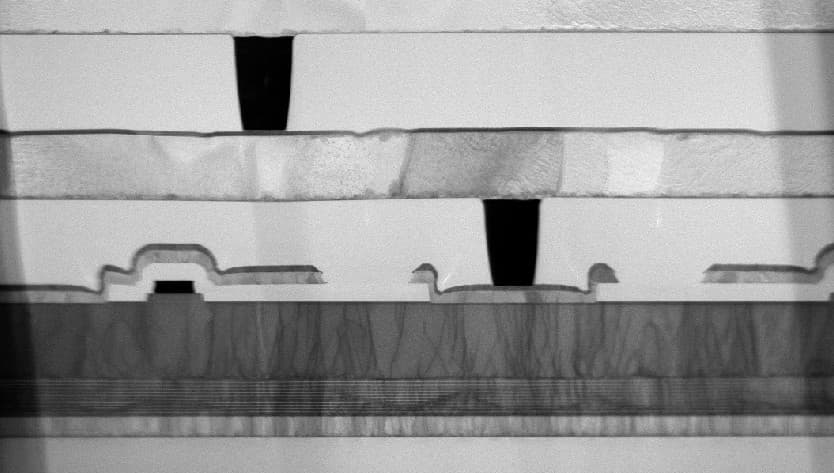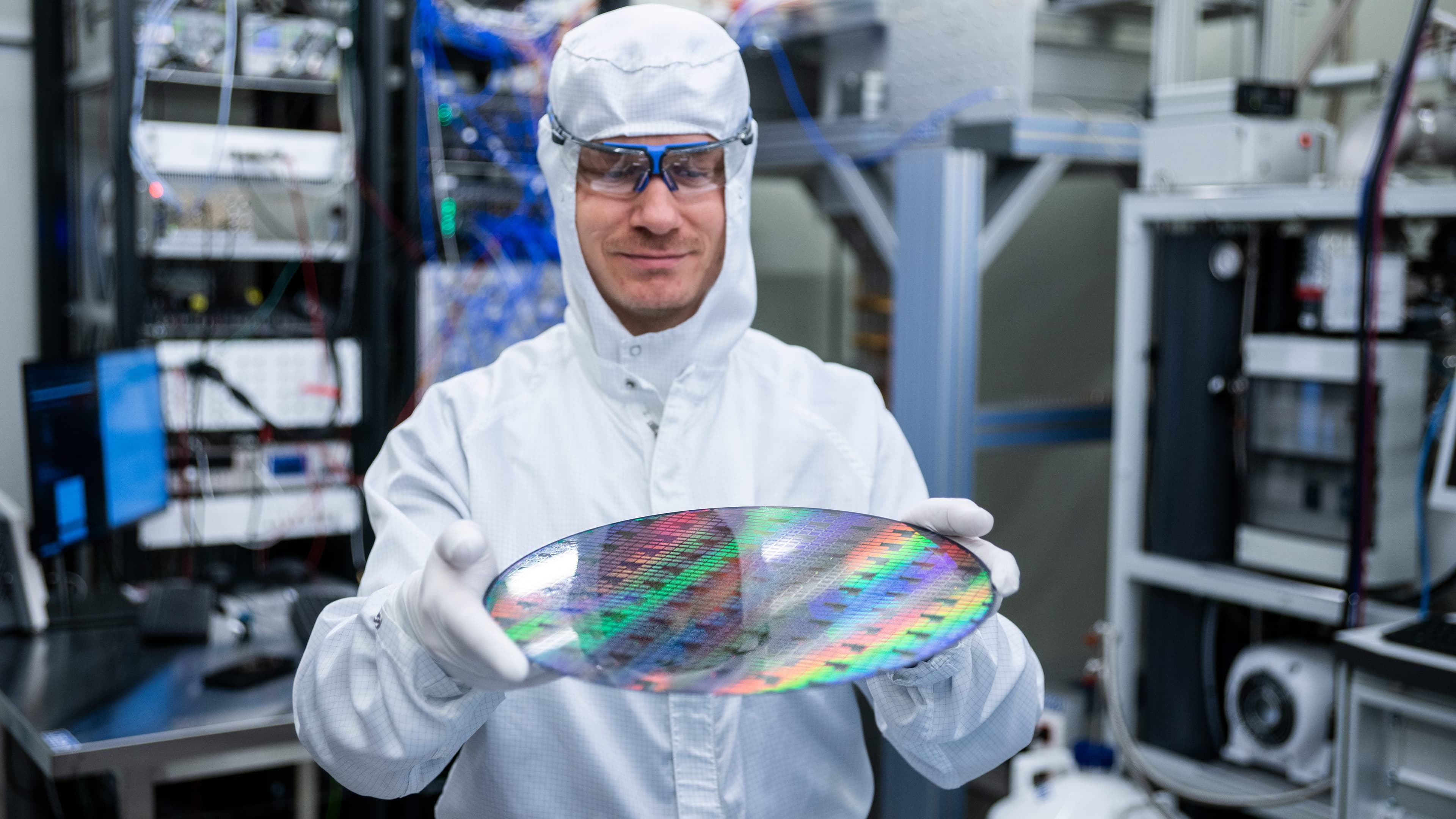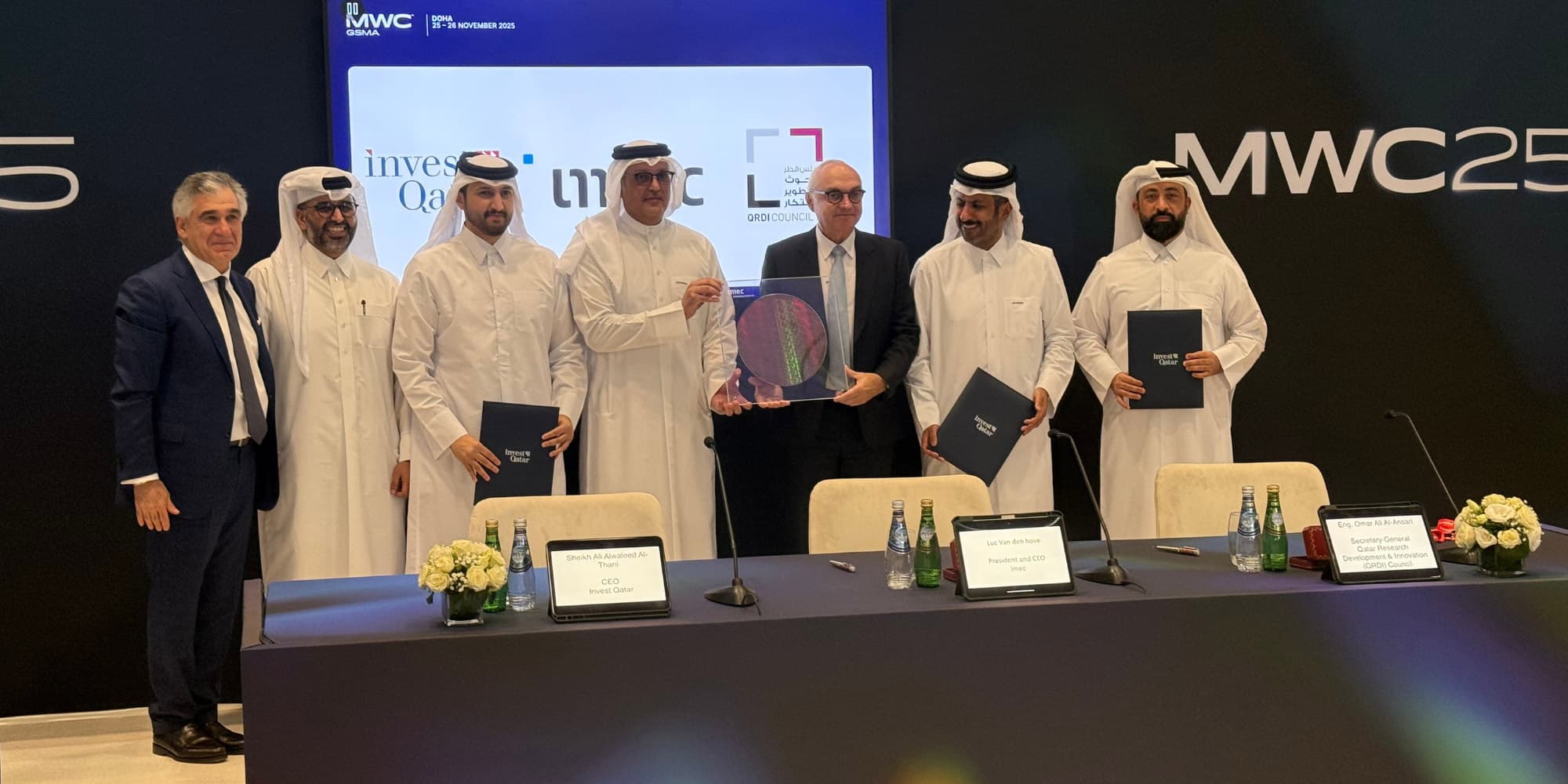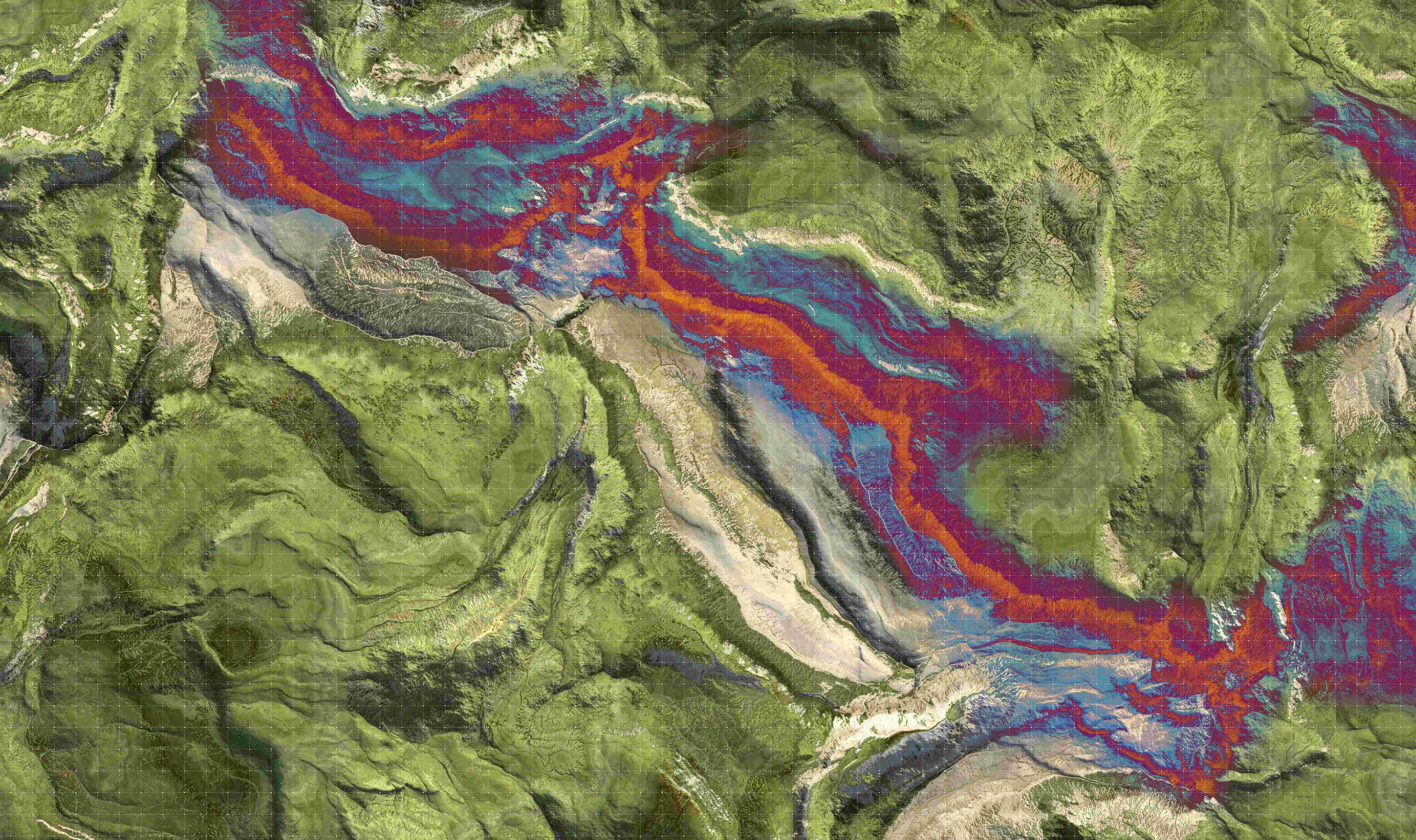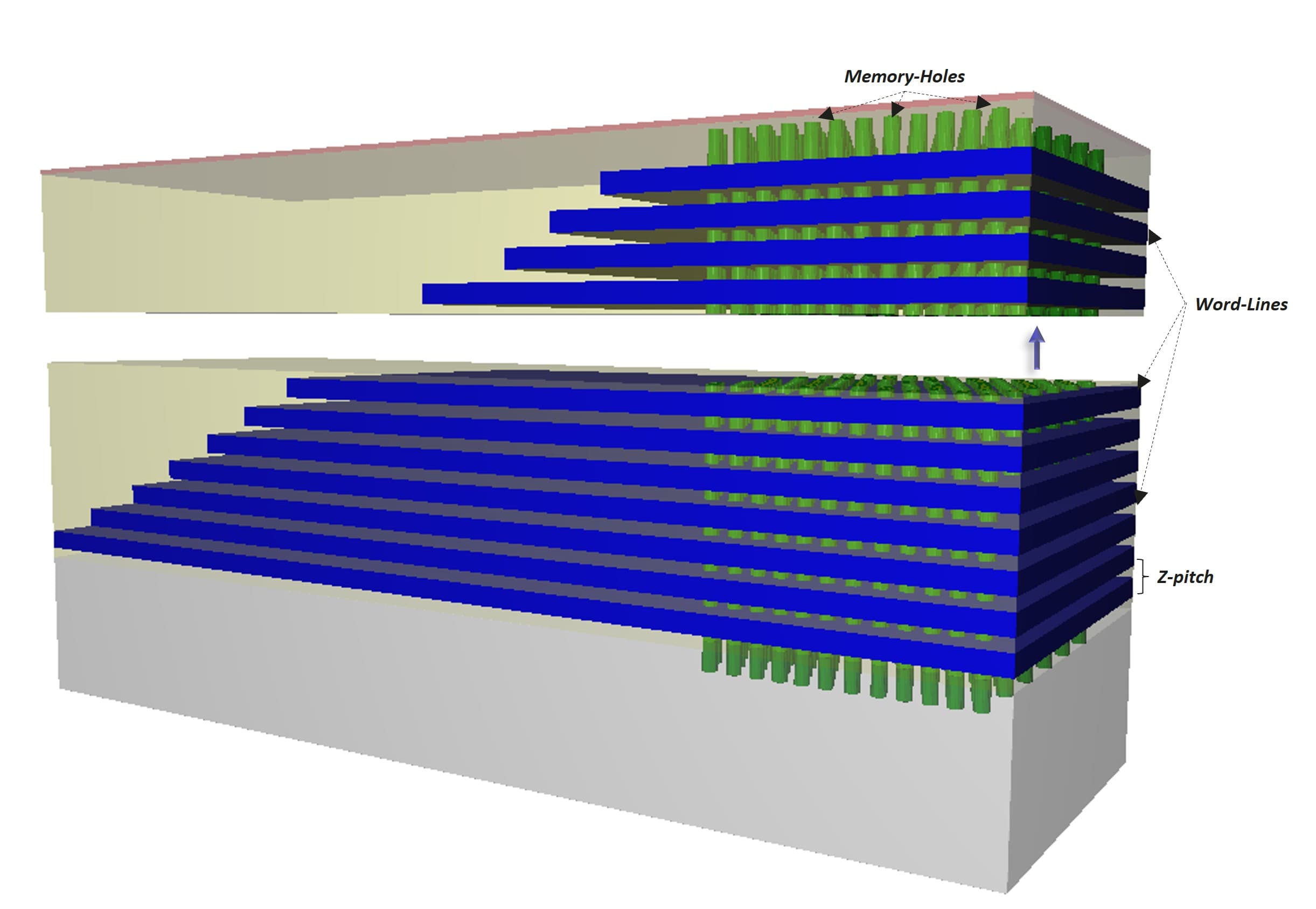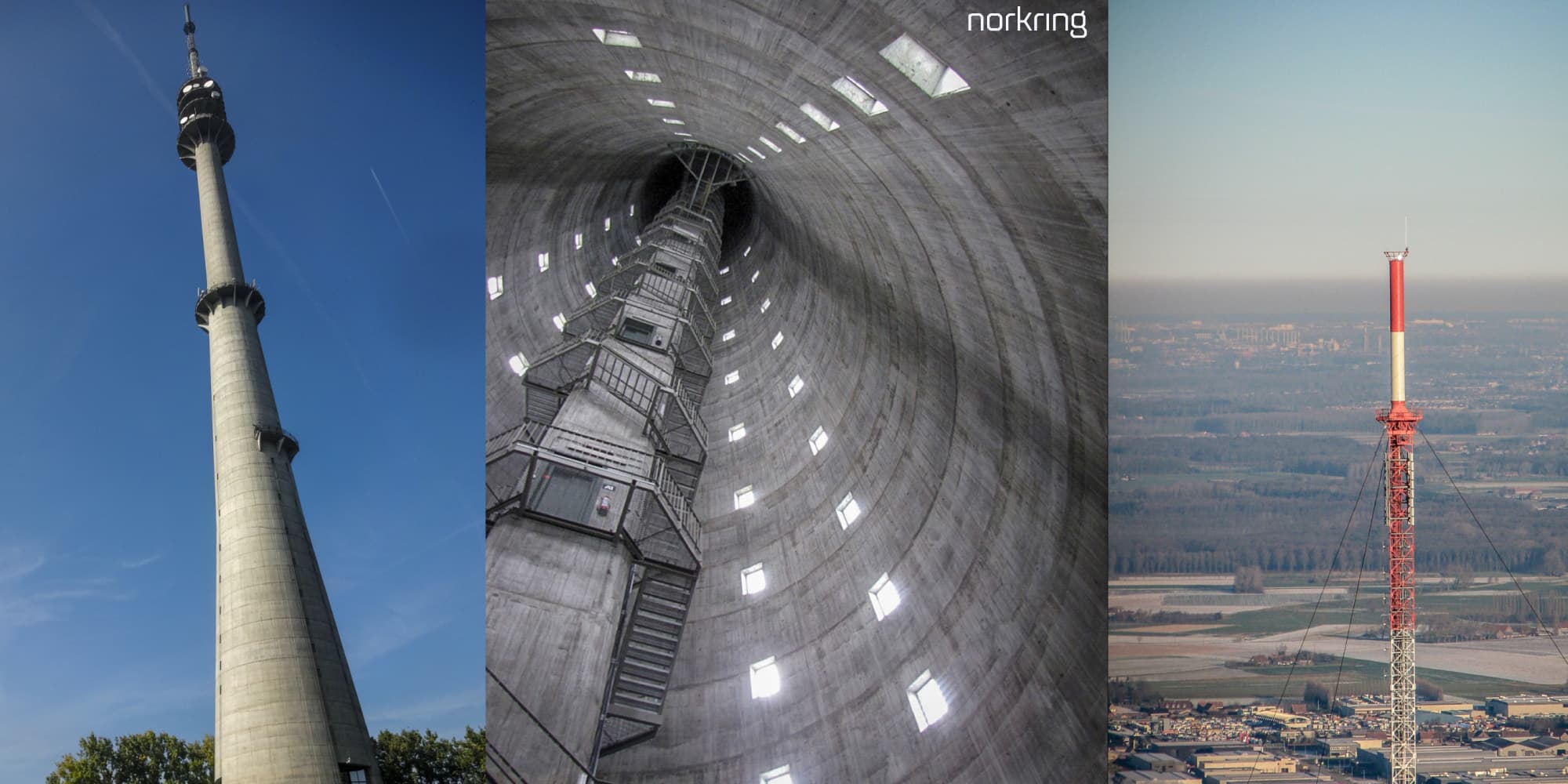
5G BROADCAST
Efficient software-defined adaptive video streaming leveraging 5G terrestrial broadcasting in combination with existing (mobile) over-the-top streaming
5G comes with many opportunities, especially as it is not only a telecom technology but also a broadcast technology. One such opportunity is the use of a High-Power High-Tower (HPHT) 5G network to efficiently stream high-quality video to a large number of users and devices in a broad geographical area. When used in synergy with existing mobile public networks, smart automatic offloading of in-demand video streams to the HPHT 5G network will result in better spectrum efficiency and less congestion on existing mobile public networks.
Streaming video to more people through 5G
Video broadcast to a large public was typically based on dedicated standards such as DVB-T2. These broadcast standards make use of High-Power High-Tower (HPHT) networks covering large geographical areas with only a small number of transmitter towers. Today however, there are only few devices supporting DVB-T2. In addition, video consumption has shifted to anywhere and on any device. This brings these dedicated standards and their unique region-wide transmission infrastructure to the point of becoming obsolete.
The advent of 5G as a telecom technology but also a broadcast technology opens up a major opportunity: it has the potential to unite the best of both worlds, i.e. delivering live video to mobile devices through a unified technology, and reducing peak loads on mobile public networks through smart offloading towards a HPHT network.
The fact that 5G-capable devices will become omnipresent will result in a higher adoption rate than previous broadcast technologies and will thus allow broadcasters to create a medium with substantially better reach. In addition, offloading popular OTT streams from mobile public networks (4G/5G) towards 5G terrestrial broadcast will result in better spectrum efficiency, resource usage, and lower peak loads on public networks.
Designing a new broadcast system
Within this project, the consortium will investigate an end-to-end solution targeting: '
- A standalone 5G HPHT broadcast system for linear video as a successor for DVB-T2.
- Optimized transport and encoding techniques to combine unicast error concealment and enhancement layers with 5G terrestrial broadcast to achieve maximum quality.
- Techniques and metrics to steer a software-defined network (SDN) to dynamically offload from public LTE networks towards 5G terrestrial broadcast networks.
As an outcome of the project, we plan a live streaming proof-of-concept with SDN offloading capabilities. For this, two of Norkring’s high towers (located in a city and a rural environment with partially overlapping coverage) will be equipped with 5G terrestrial broadcast functionality. “With this project, we want to investigate the full potential of 5G terrestrial broadcasting in synergy with existing public networks. The goal is to deliver excellent quality and reliable video streams to end-users on their 5G capable devices.”
“With this project, we want to investigate the full potential of 5G terrestrial broadcasting in synergy with existing public networks. The goal is to deliver excellent quality and reliable video streams to end-users on their 5G capable devices.”
Video
5G BROADCAST
This project will do R&D towards creating efficient 5G terrestrial video broadcast techniques. To do so, it will combine 5G terrestrial broadcasting and over-the-top unicast streaming based on data-driven software-defined network offloading.
5G BROADCAST is an imec.icon research project funded by imec and the Vlaams Agentschap Innoveren & Ondernemen (VLAIO).
The project started on 01.01.2022 and is set to run until 31.12.2023.
Project information
Industry
- Norkring België
- Skyline communications
- Synamedia Vividtec Europe
- Zappware
Research
- imec – IDLab IBCN – UGent
- imec – IDLab Data Science Lab – UGent
Contact
- Project lead: Ludo Palmans
- Research lead: Filip De Turck
- Proposal manager: Niels Van Kets
- Innovation manager: Steven Van Assche


